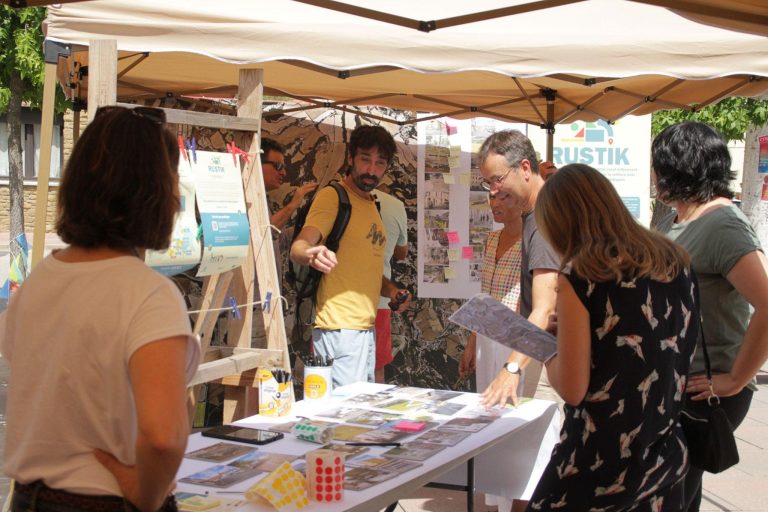Key Facts
Main characteristics of the region
- Osona is a comarca (county) located in Catalonia, Northeast Spain. It has a population of 165.229 people and its capital is Vic. The local entity that integrates all municipalities is the County Council (Consell Comarcall d’Osona).
- Osona Sud comprises the municipalities of Aiguafreda, Balenyà, Centelles, El Brull, Malla, Sant Martí de Centelles, Seva, Taradell, Tona and Viladrau. There is no formal institution integrating all municipalities, but they, together with few others, have created a supramunicipal entity (Mancomunitat La Plana) to share services such as waste management. Osona South, includes these 10 Southern municipalities of Osona.
- Seva Local Council governs a Municipality that aggregates the populations of Sant Miquel de Balenyà and Seva, plus five urbanisations in an exclave located south. It has a total population of 3.736 people.
- Sant Miquel de Balenyà Municipal Entity governs one the two towns in the Seva Municipality, Sant Miquel de Balenyà. The town was developed after the creation of a train station in that location in 1875. Sant Miquel de Balenyà has 1.353 inhabitants. The Local Council of Seva proposed to the Regional Government of Catalonia the creation of the of Sant Miquel de Balenyà Municipal Entity in 2014.
Geographical area
The area is alongside the C-17 road and comprises a transition area from the plain of Vic to the Montseny mountains. It has both road and railroad connection with Barcelona (around 50km). The Montseny is a protected area, UNESCO designated the massif a biosphere reserve in 1978. The Catalan government designated it a natural park in 1987, the Montseny Natural Park (Parc Natural del Montseny).
Trends
The entire Osona region is famous for the production of sausages and other pork derivatives. Factory farming of pigs and dairy cows creates employment throughout the territory, often with low-wage workers in the secondary sector. This type of industry involves a particularly resource-intensive process, requiring significant amounts of land, water, and energy to raise and process animals, producing significant air, soil, and groundwater pollution. Osona has a ratio of more than 6.2 pigs per person.
The geographical disposition of Osona, all surrounded of mountains makes it vulnerable to air pollution. The main pollutants are tropospheric ozone (O3), mostly during summer; particles in suspension (PM10); and benzopyrenes.
No trends have been estimated for Seva neither Sant Miquel de Balenyà.















